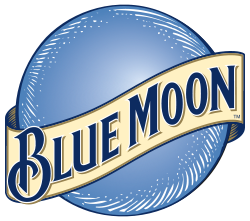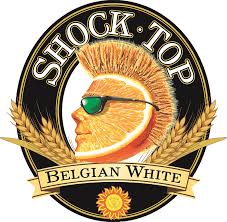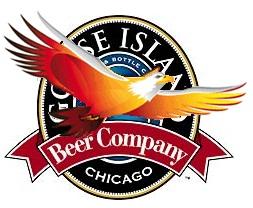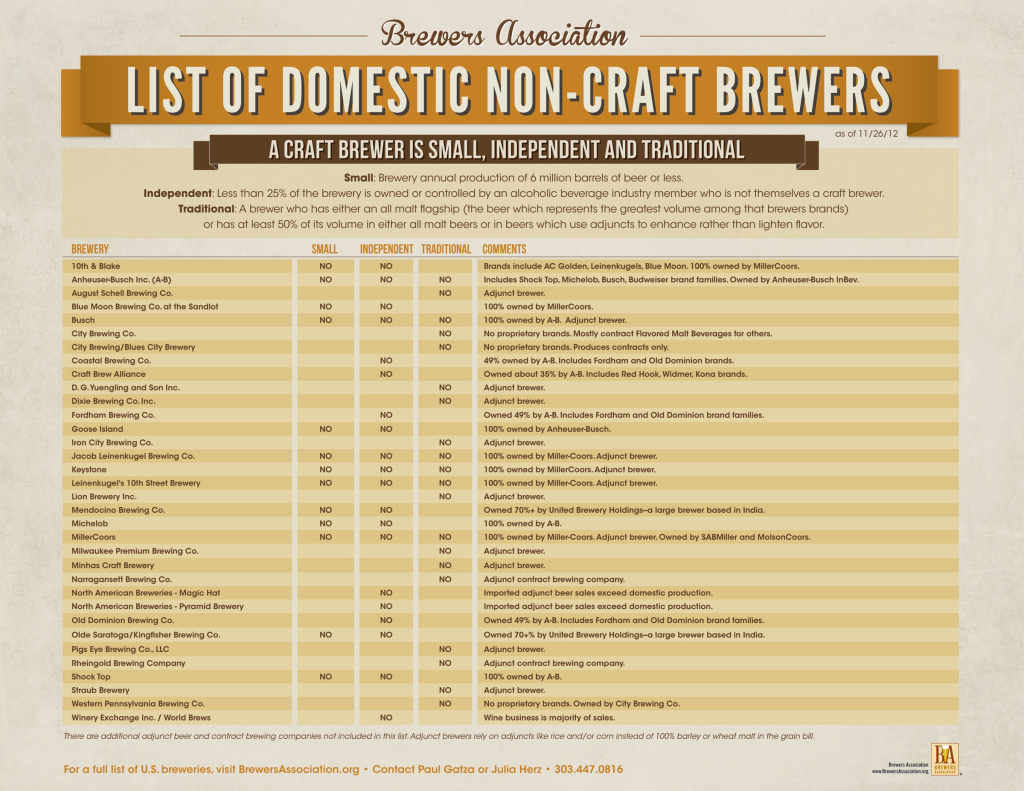 It’s been no secret that the titans of big beer have set their sights on their artisanal craft beer counterparts. The increase in the popularity of craft beer, coupled with declining sales for almost every major brand, has gotten big beers’ attention and they are vying to get a piece of the pie. From introducing “crafty” beers to buying craft breweries, InBev, MillerCoors, and other macrobrewers have done a good job of blurring the lines of what truly defines a craft beer. Which begs the question – what are consumers really consuming?
It’s been no secret that the titans of big beer have set their sights on their artisanal craft beer counterparts. The increase in the popularity of craft beer, coupled with declining sales for almost every major brand, has gotten big beers’ attention and they are vying to get a piece of the pie. From introducing “crafty” beers to buying craft breweries, InBev, MillerCoors, and other macrobrewers have done a good job of blurring the lines of what truly defines a craft beer. Which begs the question – what are consumers really consuming?
The last few years have been interesting in the beer business. Since 2011, many craft brewers throughout the country have reaped a well-deserved double-digit increase in beer sales and the number of operating craft brewers has increased by nearly 20%, not including the thousands more still considered “breweries in planning.” In turn, Budweiser saw a 7% decline in sales in the third quarter of 2012 alone. Money talks and Big Beer is listening.
Macrobrewers throughout the country are taking a two-pronged approach to get into the ring and try to win back the business they are losing. Sadly, neither approach is to simply make better beer, package it factually, and duke it out with the regional craft brewers in their respective markets. That would be too… well, honest. Seriously, why should they have to come up with new and costlier recipes when they can slap a new label on a bottle with some quirky artwork and pretend it’s a craft beer? (Said no craft beer drinker, ever.)
“The big brewers know they have to address the growing trend of local and craft. They’re not going to let their market share get taken away without putting up a fight,” says Terry Lozoff, president and CEO of Antler, a Boston-based experiential and digital marketing firm that was the previous agency of record for Miller.
 The warriors in that battle are beers like MillerCoors’ Blue Moon and InBev’s Shock Top. These crafty beers are deceiving in that they have absolutely no identifiers on their label that would clue a consumer in to who was really making these products. Additionally, since these beers are being distributed by the same trucks that deliver Miller and Bud, the crafty beers get premium product placement in stores – in the craft beer section and at eye level. Another deceiving practice aimed directly at the new or non-initiated craft beer drinker.
The warriors in that battle are beers like MillerCoors’ Blue Moon and InBev’s Shock Top. These crafty beers are deceiving in that they have absolutely no identifiers on their label that would clue a consumer in to who was really making these products. Additionally, since these beers are being distributed by the same trucks that deliver Miller and Bud, the crafty beers get premium product placement in stores – in the craft beer section and at eye level. Another deceiving practice aimed directly at the new or non-initiated craft beer drinker.
An even more confusing practice big beer has used to infiltrate the craft beer industry has been the purchase, either partially or wholly, of craft breweries. In 2010, AB InBev purchased 35% of the Craft Brew Alliance – which is made up of Redhook, Widmer, and Kona. Also in 2010, North American Breweries (NAB) was formed in an effort to manage brewery acquisitions, which consisted of Magic Hat, Pyramid, Dundee, and MacTarnahans. In 2012, NAB was wholly acquired by Florida Ice & Farm Co. through its subsidiary, Cerveceria Costa Rica, a Costa Rican food and beverages company. Confused yet?
The most notable of the craft beer buyouts was the recent 100% purchase of Goose Island by AB InBev. While on the surface it might be hard to understand why an established craft brewer with some serious street cred would risk their reputation by “selling out to the man,” the reasoning behind the decision makes some sense. With the popularity of their flagship beers – Honkers Ale and 312 Urban Wheat – soaring, the specialty brews like Bourbon County Brand Stout and Belgians Sofie and Matilda had to be put on the back burner. In order to keep up production in 2011, Bourbon County was not brewed at all.
 Mark Taylor, Goose Island brewer since 2007, had some good things to say about the acquisition. “When it happened, I was a little nervous. What this has done has allowed us to brew one Bourbon County a week. It takes 36 hours to brew a batch of Bourbon County. You can imagine when we have 312 orders to fill, Bourbon County is going to suffer.”
Mark Taylor, Goose Island brewer since 2007, had some good things to say about the acquisition. “When it happened, I was a little nervous. What this has done has allowed us to brew one Bourbon County a week. It takes 36 hours to brew a batch of Bourbon County. You can imagine when we have 312 orders to fill, Bourbon County is going to suffer.”
And while the outcome seems to be a positive one so far, time will tell if the quality of their beer remains consistent and if the craft beer community continues to support Goose Island.
In response to the blurring of the lines in the craft beer world, The Brewers Association, the not-for-profit trade association dedicated to small and independent American craft brewers, released a statement in 2012 defining what a craft brewer is, as well as a full list of US Craft Breweries. Goose Island found themselves on their list of US Non Craft Brewers. And while the Brewers Association defines breweries as small, traditional, and independent, the consumer is ultimately going to make the decision. The Brewers Association has given us the transparency to do so. A transparency that many Big Beer execs wish we didn’t have.
“There’s a huge debate in the craft world about us, all big brewers, because we’re like the enemy. We’re the other guys. They think we’re stealing their authenticity. What we say is, “Let the consumer decide.” If we’re authentic enough for the consumer, that’s authentic enough for anyone,” says SABMiller Executive Chairman Graham McKay.
Well, we’ll have to agree to disagree, Mr. McKay. Deceptive business practices designed and put in place to confuse consumers does in fact make you the enemy. And while we should let the consumers decide, we should start by letting them know what they are consuming.
 American Craft Beer The Best Craft Beer, Breweries, Bars, Brewpubs, Beer Stores, And Restaurants Serving Serious Beer.
American Craft Beer The Best Craft Beer, Breweries, Bars, Brewpubs, Beer Stores, And Restaurants Serving Serious Beer.

